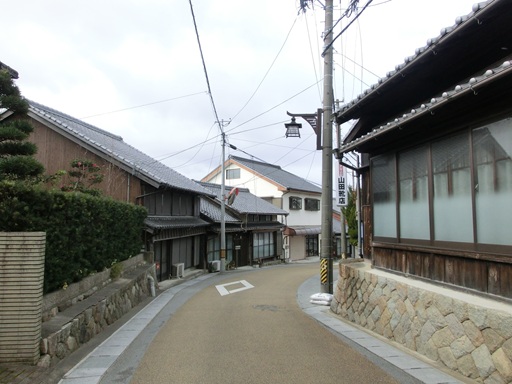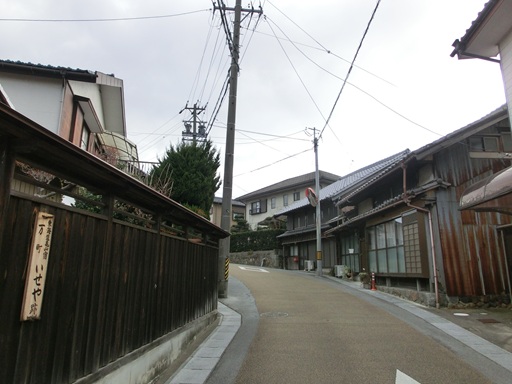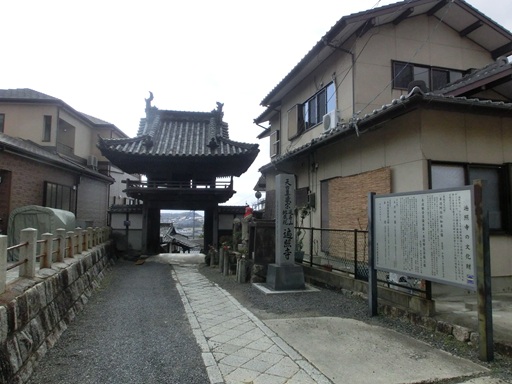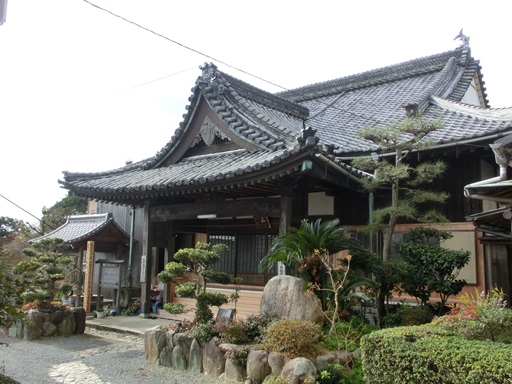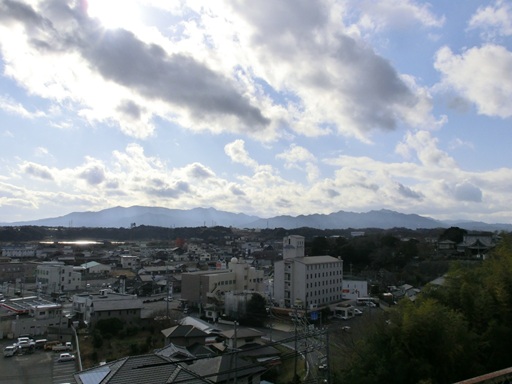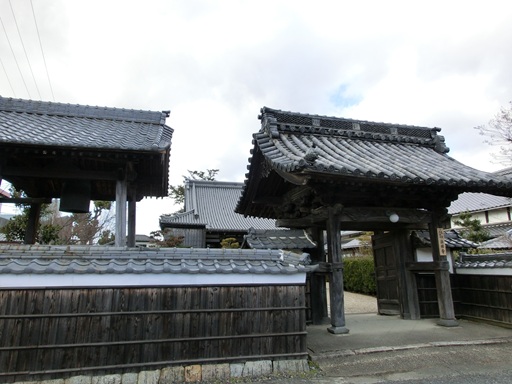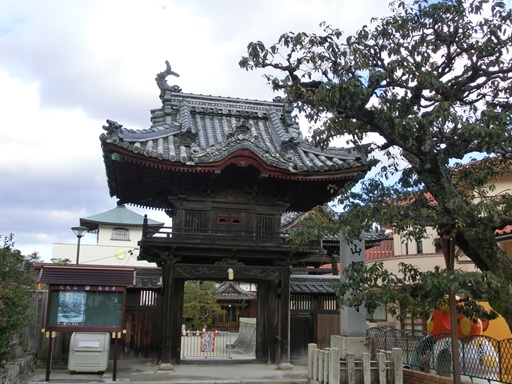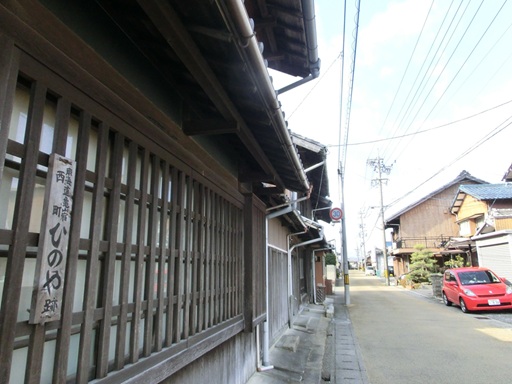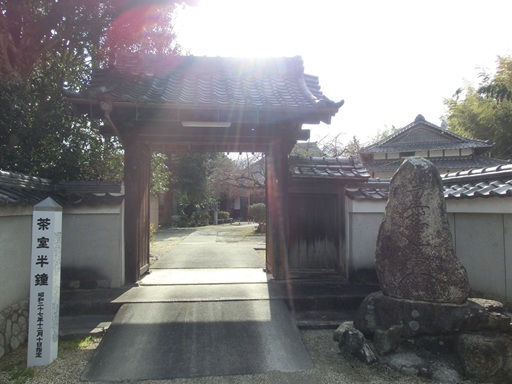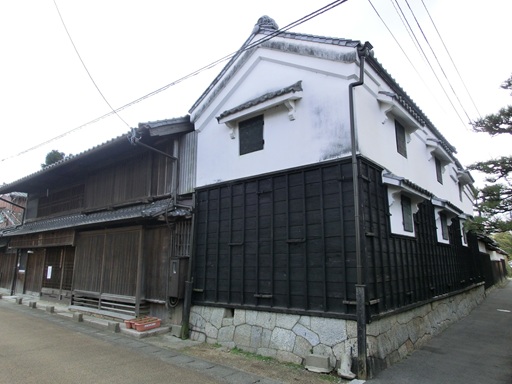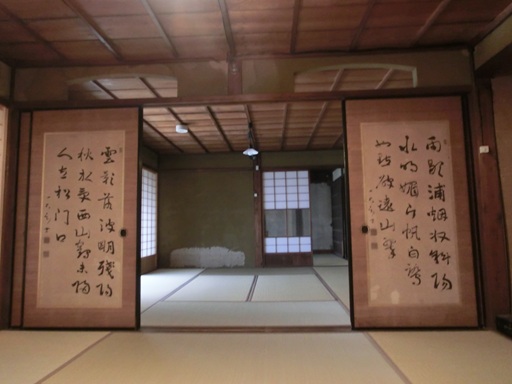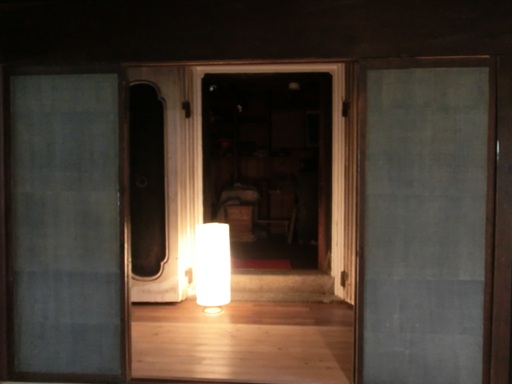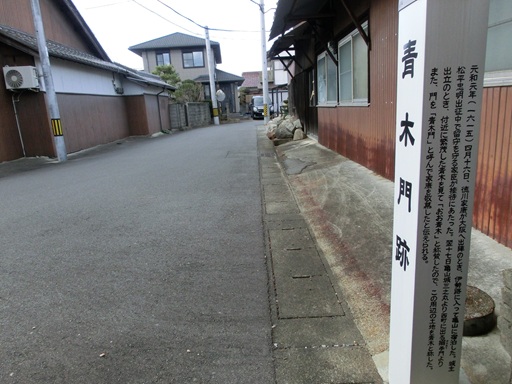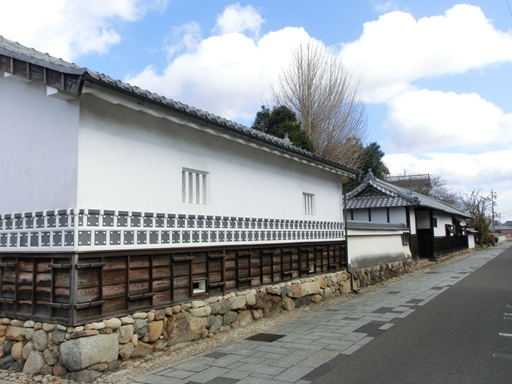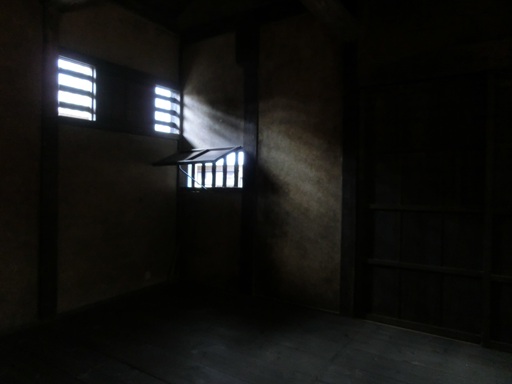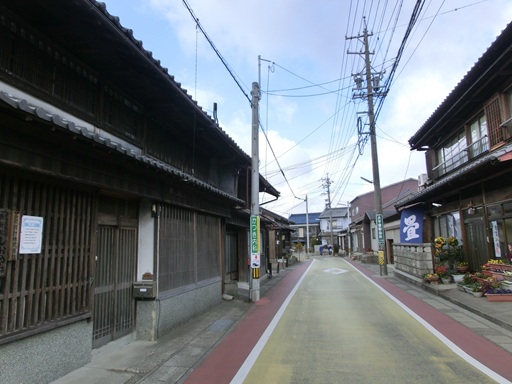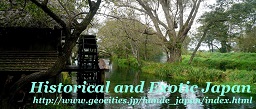|
Castle Town, Kameyama
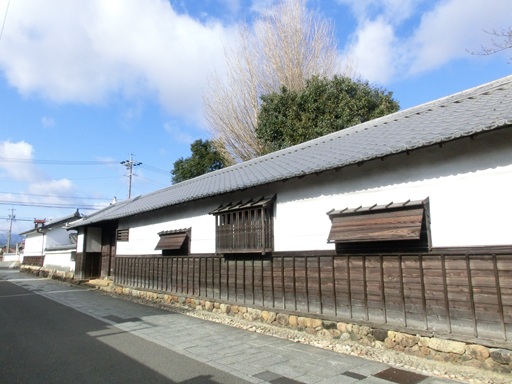
Kameyama City is a city with a population of about 50,000 located in the central-northern part of Mie Prefecture. About 20 years ago, a home electronics manufacturer's LCD TV factory was established here, attracting a lot of attention. During the Edo Age (1603 - 1868), the Kameyama Feudal Domain was established here. Kameyama Castle, built in the Middle Ages, was renovated and became the feudal domain office. The Tokaido Road also ran through the castle town. Kameyama Post Town, the 46th post town on the Tokaido Road out of 53 post towns, was located here. Kameyama was a post town next to Seki.Please refer the page of "Ruins of Kameyama Castle": http://cf916626.cloudfree.jp/HandE_Japan/TravelDestinations/Kansai/IseKameyamaCastle_E.html Please refer the page of "Seki Post Town": http://cf916626.cloudfree.jp/HandE_Japan/TravelDestinations/Kansai/Seki_E.html If you walk from Kameyama Station on JR Kansai Main Line to the north, you will come to an intersection with a road that crosses east and west just before the pond that is the remains of the moat of Kameyama Castle. This road running east to west is the old Tokaido Road. This area still retains the atmosphere of the old Tokaido. 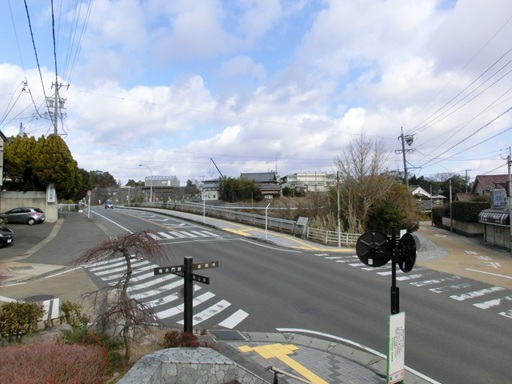
First, I turned right at this intersection and visited the east side of Kameyama Post Town. I walked-up the gentle slope, twisting left and right along the road lined with rows of old houses. |
